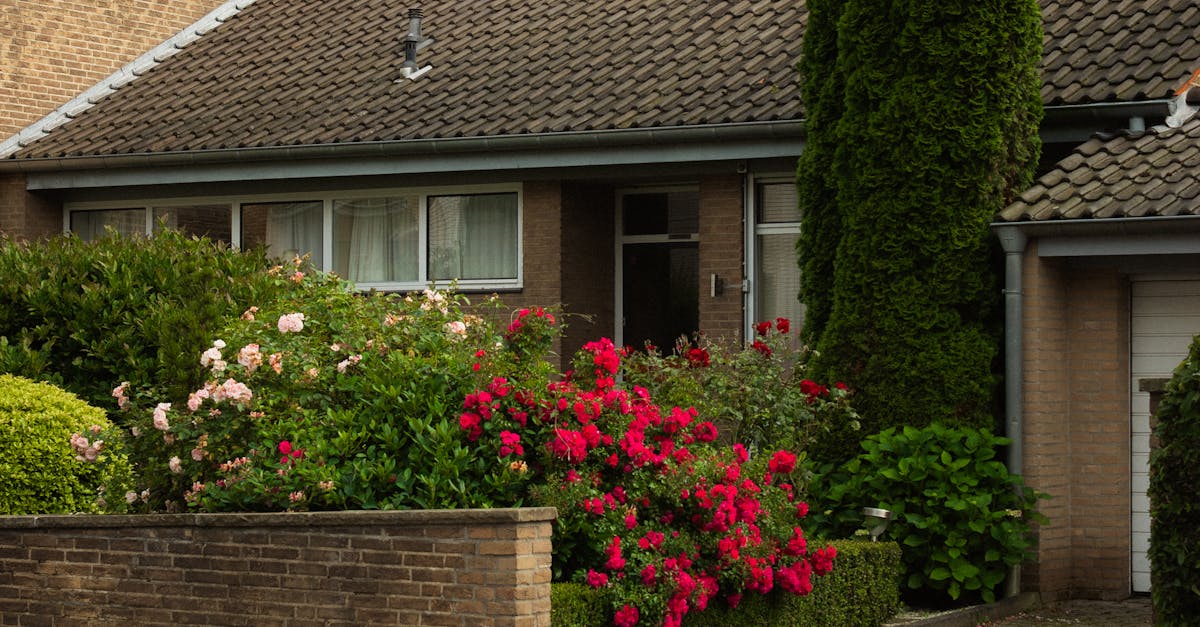The pace of recovery in Lahaina remains a pressing issue, with significant hurdles slowing the rebuilding process. While the initial focus was on immediate relief efforts, the long-term economic revitalization hinges on the speed at which homes and businesses can be reconstructed. A recent report indicates that fewer than 500 building permits have been issued thus far, a figure that underscores the challenges in navigating the permitting process following the tragic wildfires. This slow pace is particularly concerning, as it directly impacts the ability of displaced residents to return and entrepreneurs to re-establish their operations.
The delays in issuing building permits have a ripple effect throughout the local economy. Contractors face uncertainties, which can influence project timelines and costs, while local businesses struggle to plan for the future without knowing when they can reopen. The slow permitting process is not only a logistical issue, but also creates economic stress for residents and business owners. The Hawaii Free Press reported on the lack of progress in rebuilding efforts.
Contributing to the delays are several factors. According to Hawaii Free Press, Jonathan Helton, from the Grassroot Institute of Hawaii, pointed out that the historic review process, infrastructure assessments, and other regulatory hurdles are creating bottlenecks. Addressing these issues is critical to accelerating the rebuilding process. Streamlining these processes will allow for a more efficient allocation of resources and help to restore a sense of normalcy for those affected.
However, a positive step was taken in February 2025 where Hawaii Public Radio reported that more than 600 structures could be rebuilt faster with a new permitting policy. Understanding the nuances of these changes are key for entrepreneurs and will influence their decisions as they navigate the complexities of reconstruction.
The Lahaina recovery presents significant lessons for other communities facing similar challenges. The speed and efficiency of the rebuilding process will ultimately determine the long-term economic prospects of the area and the ability of residents and businesses to thrive.

